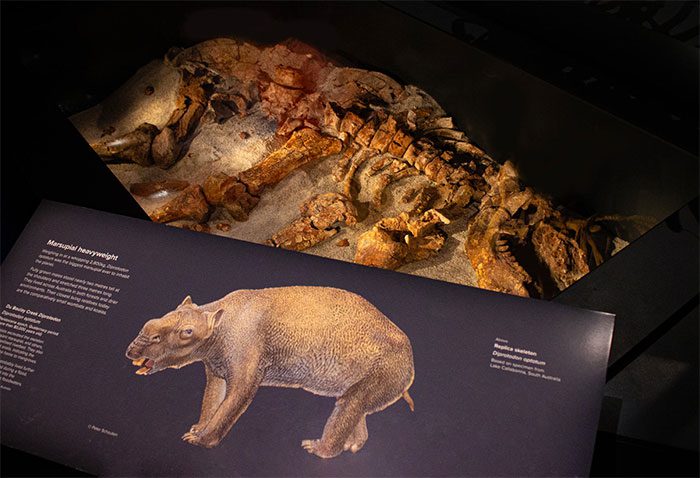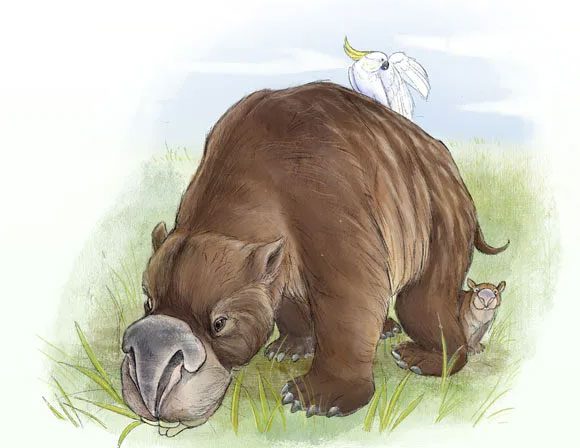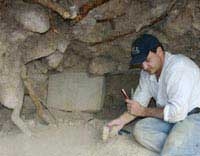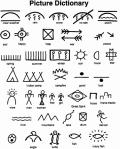40,000 years ago, this extraordinary, gigantic beast roamed the isolated lands of present-day Oceania.
According to Sci-News, Australian paleontologists have “struck gold” by excavating nearly complete skeletons of the extinct Diprotodon.

Extinct beast skeleton in Australia – (Photo: WESTERN AUSTRALIAN MUSEUM).
Although it is a marsupial, Diprotodon had a body entirely different from modern marsupials: standing about 1.8 meters at the shoulder, measuring 4 meters long, and weighing around 2.8 tons.
This size makes it as large as an Asian elephant.
According to Dr. Alec Coles, CEO of the Western Australian Museum and the lead author of the study, Diprotodon was an extinct monster related to the wombat. “They are the largest marsupials to have ever existed,” Dr. Coles stated.
Despite their gigantic size, they were gentle herbivores.
In collaboration with the nearby mining operator CITIC Pacific Mining, paleontologists have excavated well-preserved Diprotodon skeletons from the Du Boulay Creek site in the floodplain of the Fortescue River.

Portrait of the ancient beast in its natural habitat – (Graphic: Nellie Pease).
These individuals were found very close together at the excavation site, including both adults and juveniles.
This suggests they may be related, members of a herd on a major migratory route in ancient times.
The skeletons currently reveal parts of the skull, jaw, and teeth, while the rest of the body remains encased in hard rock.
The excavation was conducted rapidly because once the fossils are exposed, they are easily damaged by seasonal flooding.
Scientists believe there will be many more exciting discoveries once the valuable Diprotodon remains are brought back and after they undergo a careful, time-consuming process to be extracted from the rock.




















































